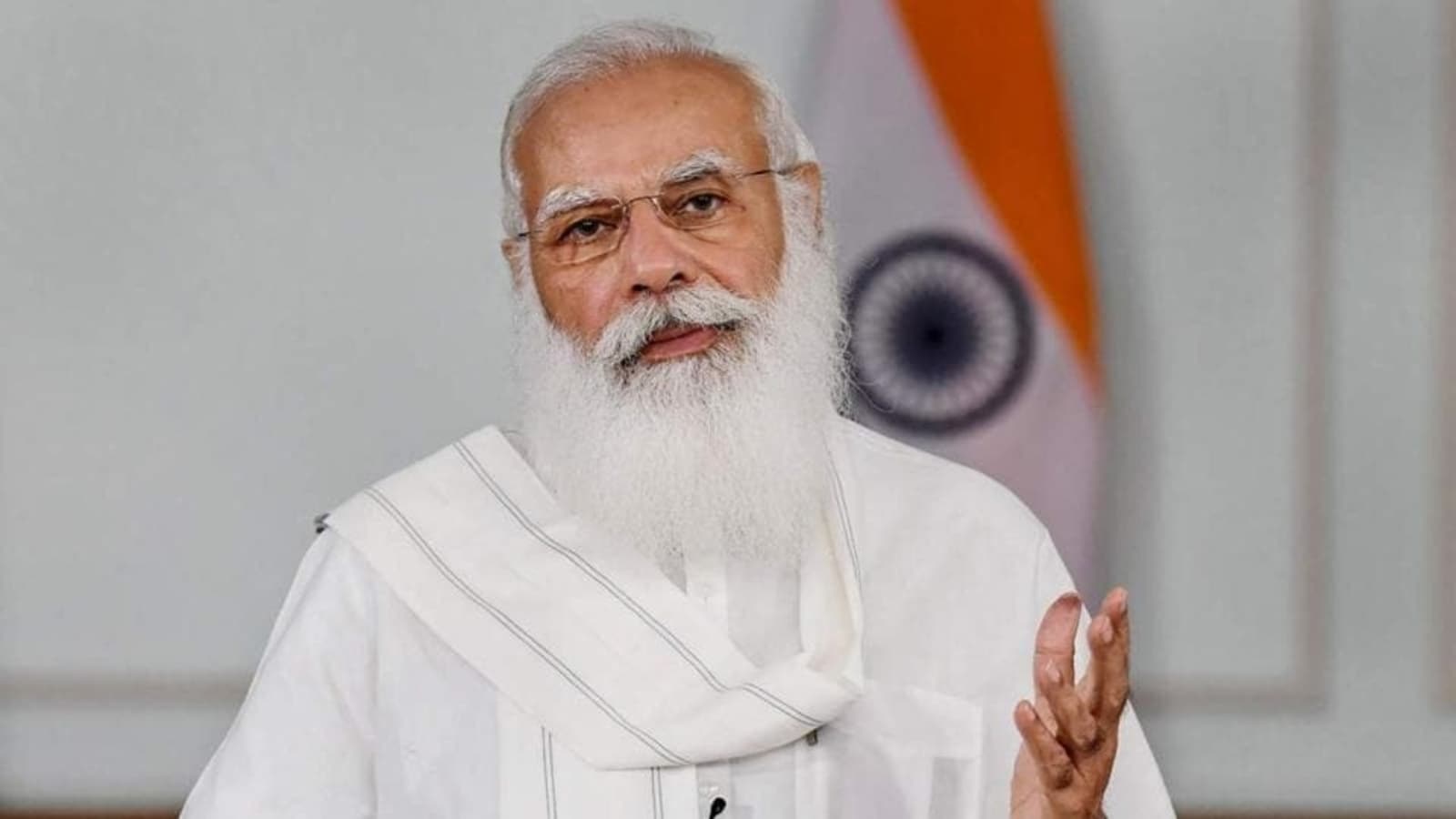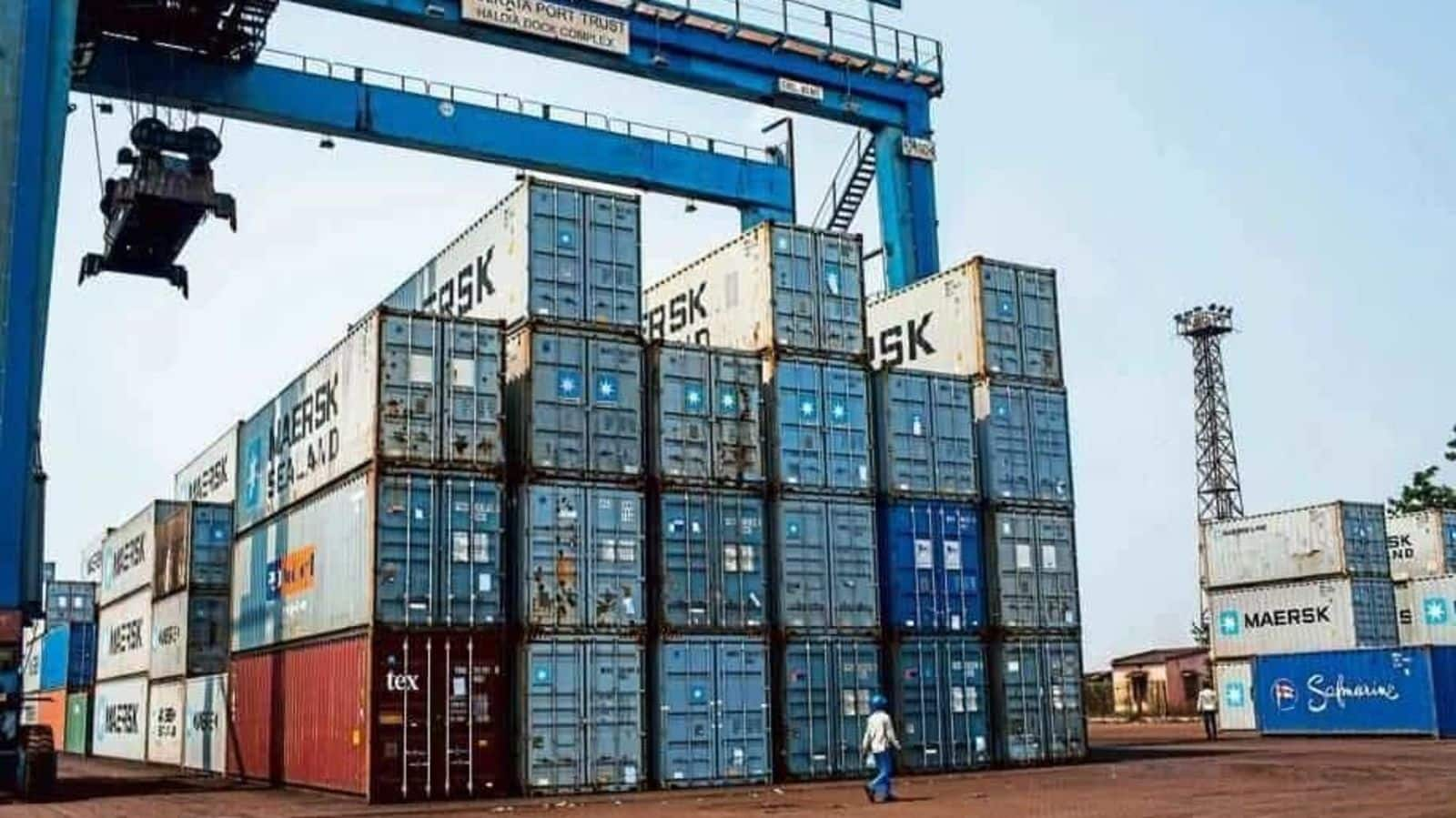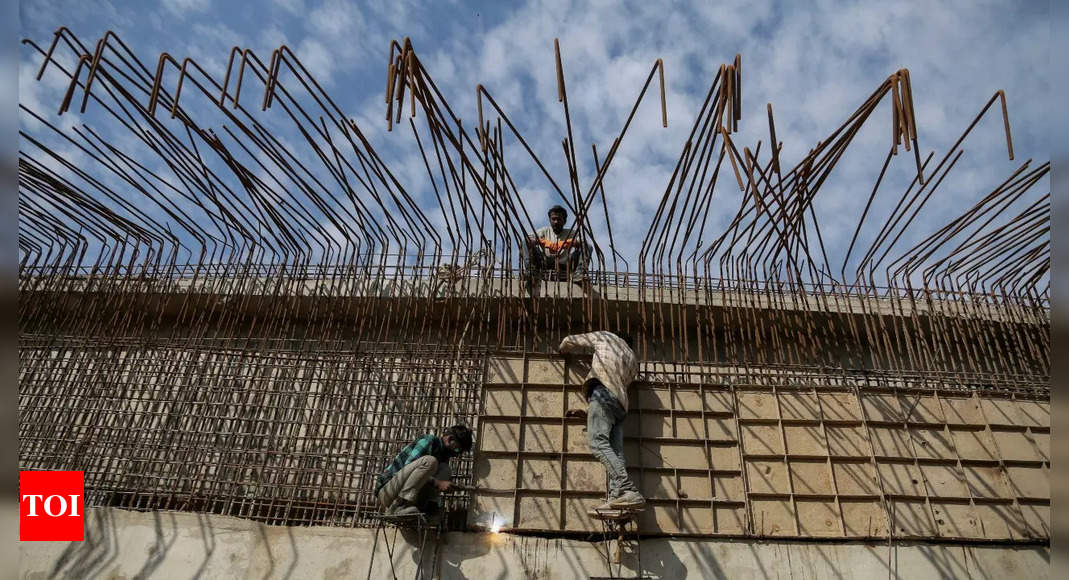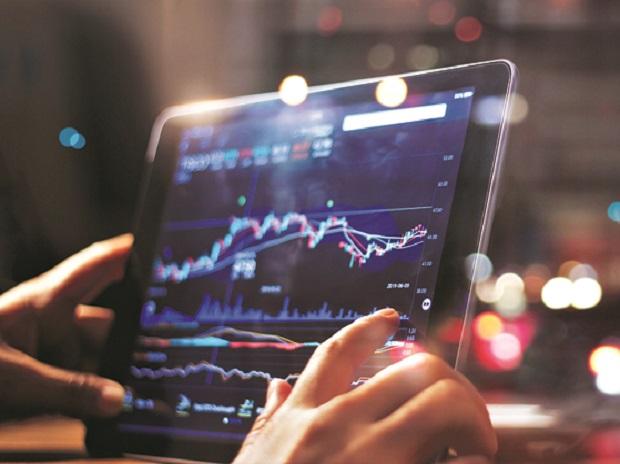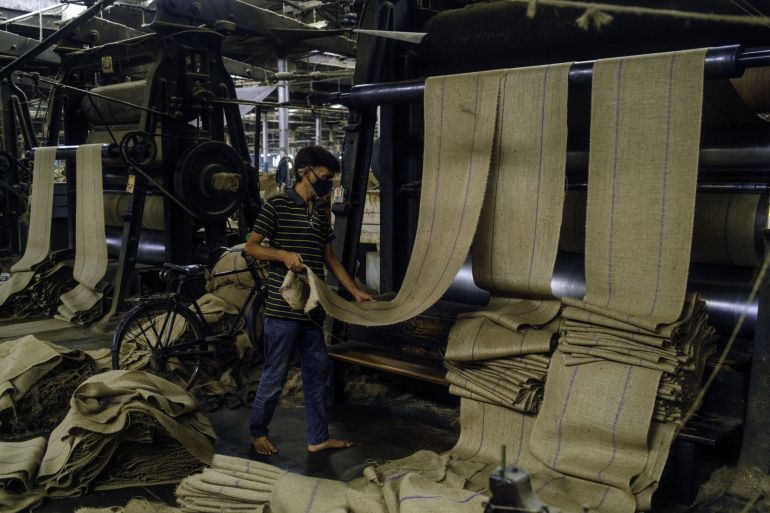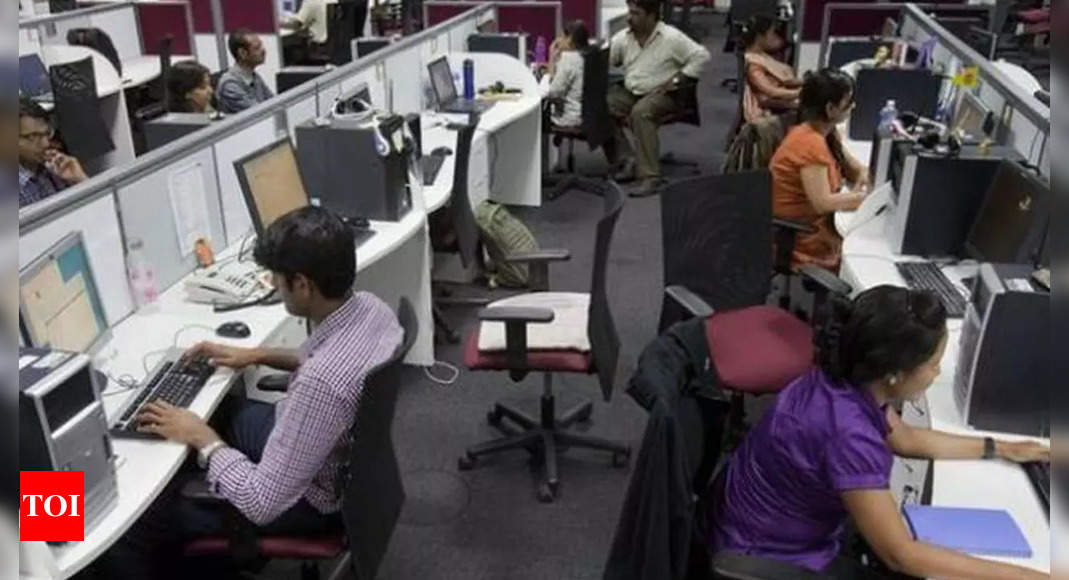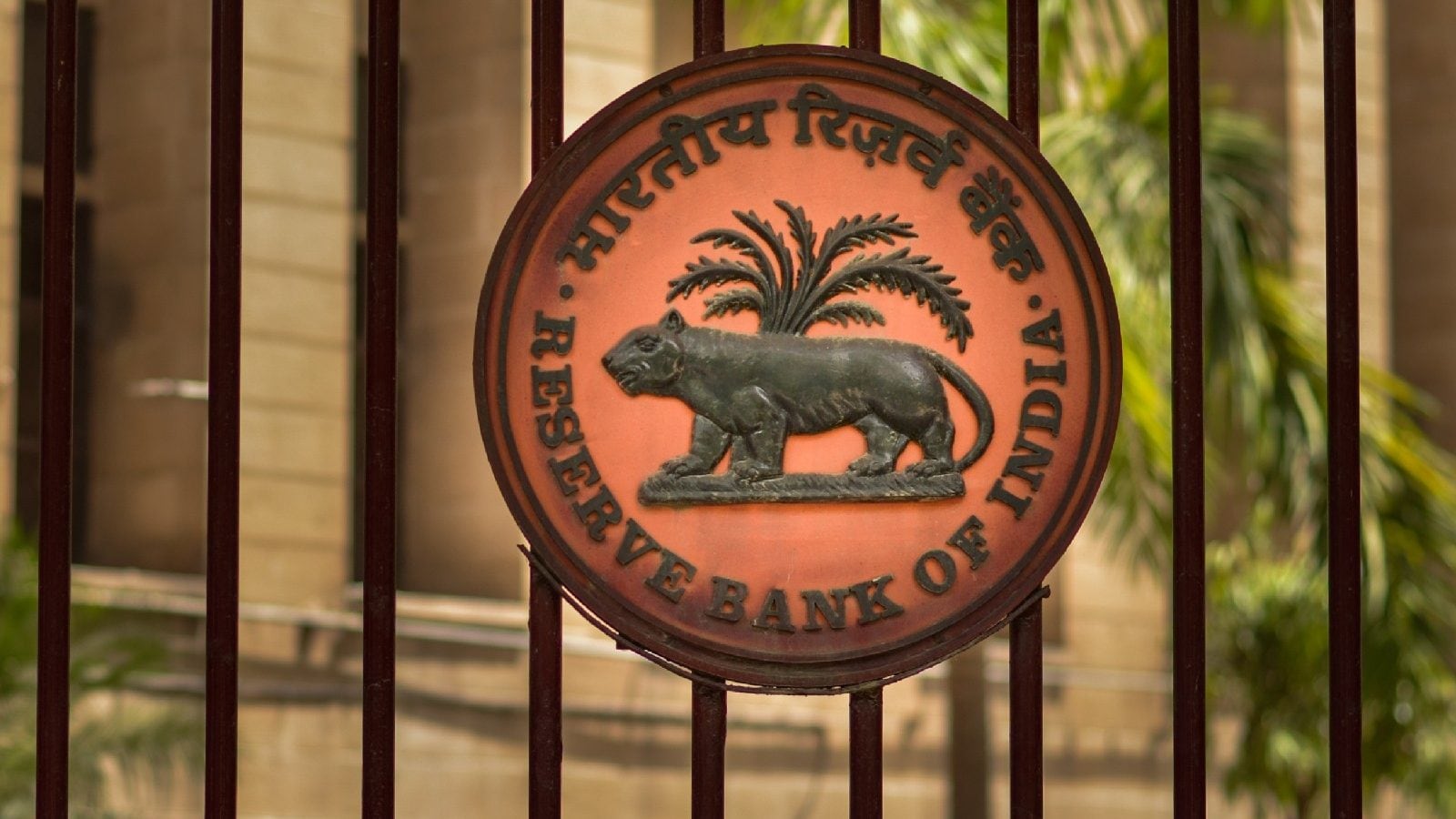India's FY22 GDP projection upgraded to 9.3%-9.6% range: SBI Ecowrap
With 42% population fully vaccinated againt Covid-19, SBI Research has revised upwards India's GDP growth projection to range of 9.3%-9.6% for FY22 and 8.1% in Q2FY22."The reason for the upward revision is that India recorded only 11% increase in Covid cases during Q3 2021, second lowest among top 15 most affected countries, and the increase in cases has declined to 2.3% in November 2021 over September 2021. So far, 1.15 billion vaccine doses have been administered, with 81% of the eligible population receiving at least a single dose and 42% of the eligible population both doses. In certain states including Himachal Pradesh, Gujarat, Uttarakhand, Kerala, Karnataka, Telangana and Madhya Pradesh more than 50% of the eligible population has been fully vaccinated," stated the report authored by Soumya Kanti Ghosh, Group Chief Economic Adviser, State Bank of India. The report was released on Monday.
India’s projected 8.1% growth rate in Q2FY22) is the highest growth across all economies. The average GDP growth of 28 selected economies has decelerated to 4.5% in Q3 (2021) as against 12.1%. Also at an annual rate of 9.3-9.6%, India’s real GDP growth would now be 1.5%-1.7% higher than the pre-pandemic level of FY20.
Meanwhile, on Friday, PM has announced to repeal all the three agriculture laws and will complete the constitutional process in the upcoming winter session of Parliament. PM has also announced to form a committee to decide, among others, making the system of MSP more effective and transparent.
SBI Research suggest 5 key agricultural reforms that could act as enablers even without these bills.
First, instead of MSP as a price guarantee that farmers are demanding, the Government mayensure a quantity guarantee clause for a minimum period of 5 years that make its mandatory of procurement to production percentage of crops (being currently procured) being at least equal to last year percentage (with safeguards in exceptional events like droughts, floods etc).
Second, converting the Minimum Support Price to Floor Price of Auction on National Agriculture Market (eNAM). However, this will not completely solve the problem as the current data shows that average modal prices in e-NAM mandis is lower than the MSP in all kharif commodities (except Soyabean).
Third, efforts must also continue to strengthen APMC market infrastructure. As per our estimates which are based on a government report, the monetary loss for cereals is almost Rs 27,000 crore due to harvest and post-harvest losses. The losses for oilseeds and pulses are Rs 10,000 crore and Rs 5,000 crore, respectively.
Fourth, establish a Contract Farming Institution in India that will have the exclusive right to oversee price discovery in Contract Farming. Contract farming has been instrumental in many countries by providing growers access to supply chains with market and price stability, as well as technical assistance. The experience of Thailand shows market certainty (52%) and price stability (46%) were prime factors due to which farmers participated in contract farming.
Fifth, ensuring a symmetric procurement across states. The procurement of cereals had continued to be asymmetric, with top producing states in paddy like West Bengal (First) and Uttar Pradesh (Second) witnessing minimal procurement, even as states like Punjab and Haryana that are not largest producers witnessing much larger procurement.

India's FY22 GDP projection upgraded to 9.3%-9.6% range: SBI Ecowrap
SBI Ecowrap also lists 5 growth enablers despite Modi's U-turn on farm laws


